Surfing
History of Surfing
Surfing, as a sport, has its roots in the ancient Polynesian culture. The first recorded instances of surfing are found in the accounts of early European explorers who visited the Pacific Islands in the late 1700s[1]. The sport was initially practiced by the native inhabitants of these islands, who used it as a form of recreation, as well as a demonstration of their swimming skills and strength.
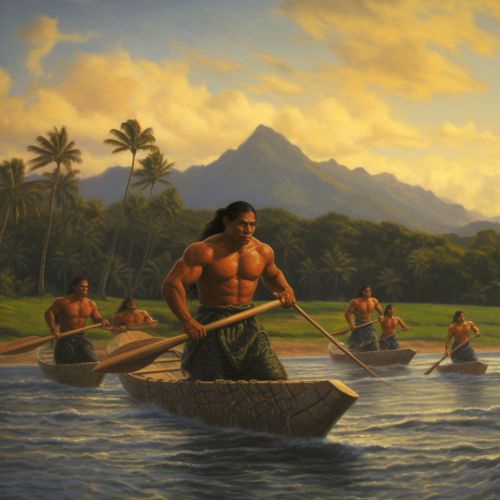
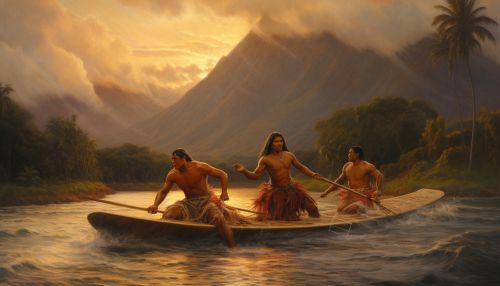
The traditional Hawaiian form of surfing, known as "He'e Nalu", was a deeply spiritual activity, with rituals and ceremonies associated with the crafting of surfboards and the act of riding waves[2]. The surfboards used in ancient times were typically made from the wood of the koa tree and were significantly larger and heavier than modern surfboards.
The sport of surfing was almost eradicated during the 19th century due to the influence of Christian missionaries, who disapproved of the nudity and gambling often associated with surfing. However, it experienced a resurgence in the early 20th century, largely due to the efforts of individuals like Duke Kahanamoku, a native Hawaiian who popularized the sport in the United States and Australia[3].
Surfing Equipment
The primary piece of equipment used in surfing is the surfboard. The design and construction of surfboards have evolved significantly over the years, from the heavy wooden boards used by the ancient Polynesians to the lightweight, high-performance boards used by today's surfers.

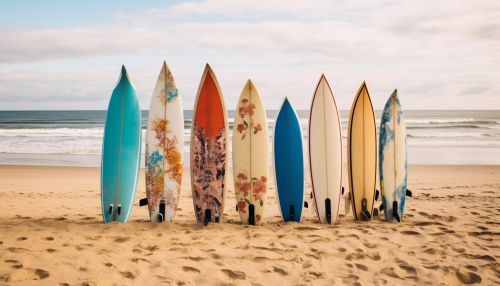
Modern surfboards are typically made from polyurethane or polystyrene foam covered with layers of fiberglass cloth and polyester or epoxy resin. The length, width, shape, and fin configuration of a surfboard can greatly affect its performance and are typically chosen based on the surfer's skill level and the type of waves they wish to ride[4].
In addition to the surfboard, surfers also use a variety of other equipment, including wetsuits, leashes, wax, and surfboard fins. Wetsuits are used to provide thermal insulation, abrasion resistance, and buoyancy. The leash, or leg rope, is used to prevent the surfboard from being swept away by waves. Wax is applied to the deck of the surfboard to increase grip and prevent the surfer from slipping off. Surfboard fins improve the board's stability and maneuverability[5].
Surfing Techniques
Surfing involves a range of techniques that are used to ride a wave. The basic process of surfing involves paddling out to sea until a suitable wave is spotted, then turning the surfboard towards the shore and paddling to match the speed of the wave. As the wave begins to carry the surfer forward, they stand up on the board and ride the wave towards the shore.
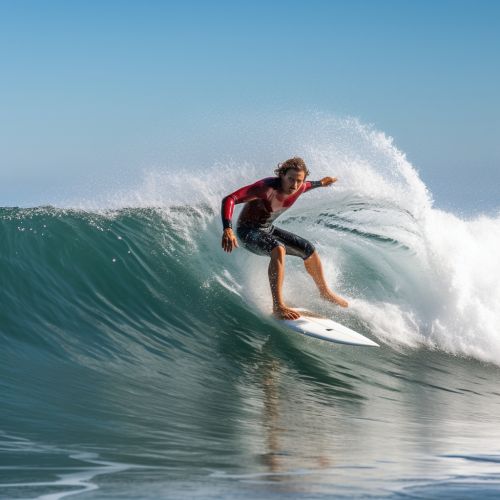
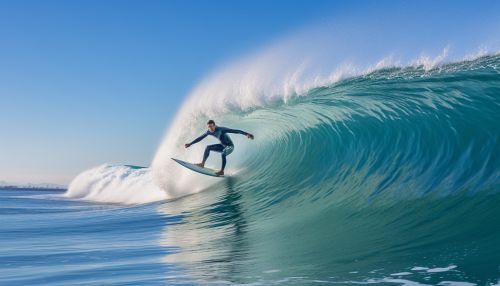
There are a variety of maneuvers and tricks that surfers can perform while riding a wave, including bottom turns, cutbacks, snaps, floaters, aerials, and tube riding. These maneuvers involve a combination of balance, strength, timing, and wave knowledge[6].
Surfing Competitions
Competitive surfing is governed by the World Surf League (WSL), which organizes a series of events around the world. These competitions involve a number of rounds in which surfers are judged based on their ability to ride waves and perform maneuvers. The criteria for judging include the difficulty of the maneuvers, the size of the wave, the speed, power, and flow of the surfer's performance, and the variety and combination of maneuvers[7].
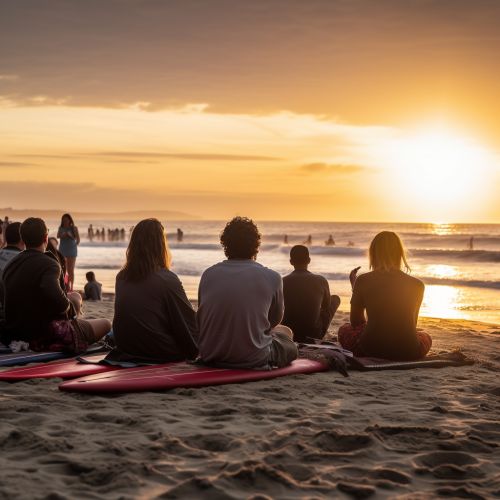
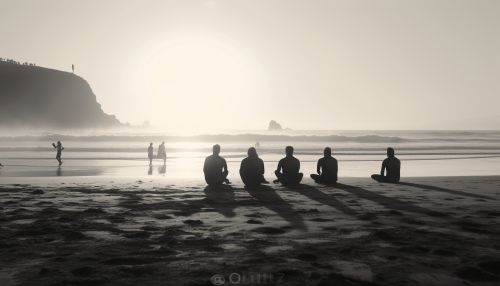
In addition to the WSL, there are also a number of other organizations that organize surfing competitions, including the International Surfing Association (ISA), the Association of Surfing Professionals (ASP), and the National Scholastic Surfing Association (NSSA).
Surfing and Culture
Surfing has had a significant impact on popular culture, particularly in music, fashion, film, and literature. The sport has been associated with a relaxed, laid-back lifestyle, and has inspired a number of cultural movements, including the surf music of the 1960s, the surf films of the 1970s and 1980s, and the surfwear fashion trends of the 1990s[8].
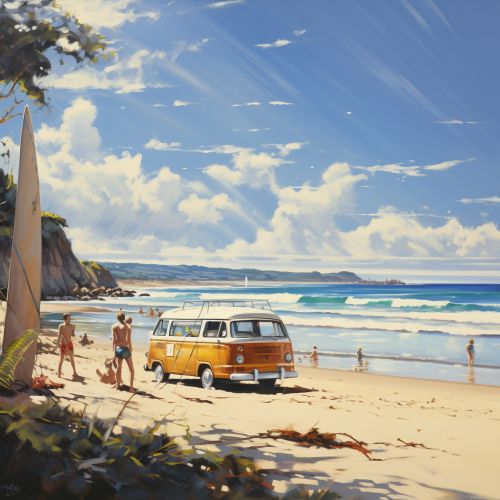

Surfing has also been used as a form of therapy for individuals with physical and mental disabilities. Organizations like the Surfers Healing Foundation and the International Surf Therapy Organization use surfing as a form of therapy, citing its benefits for improving physical fitness, self-esteem, and social skills[9].
See Also
References
[1] Finney, B., & Houston, J. (1996). Surfing: A History of the Ancient Hawaiian Sport. Pomegranate Press. [2] Kampion, D. (2003). Stoked! A History of Surf Culture. Gibbs Smith. [3] Warshaw, M. (2005). The Encyclopedia of Surfing. Harcourt. [4] Marcus, B. (2010). The Surfboard: Art, Style, Stoke. Voyageur Press. [5] Booth, D. (2001). Australian Beach Cultures: The History of Sun, Sand and Surf. Routledge. [6] Young, N., & McGregor, N. (2009). Surfing Fundamentals: How to Ride a Modern Short Board. Tracks Publishing. [7] World Surf League. (2018). 2018 WSL Rule Book. World Surf League. [8] Ford, N., & Brown, D. (2006). Surfing and Social Theory: Experience, Embodiment and Narrative of the Dream Glide. Routledge. [9] Caddick, N., Smith, B., & Phoenix, C. (2015). The Effects of Surfing and the Natural Environment on the Well-Being of Combat Veterans. Qualitative Health Research, 25(1), 76-86.
